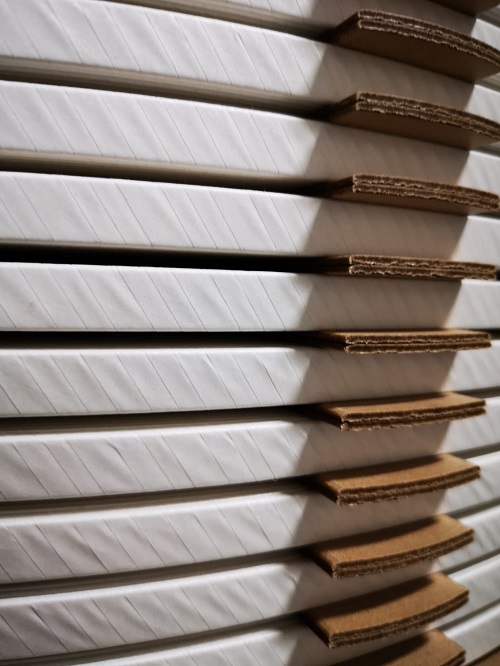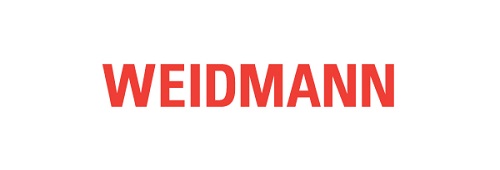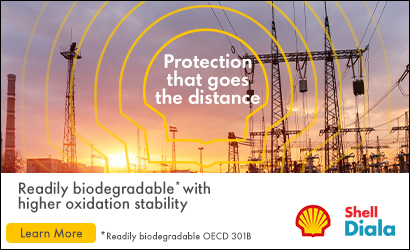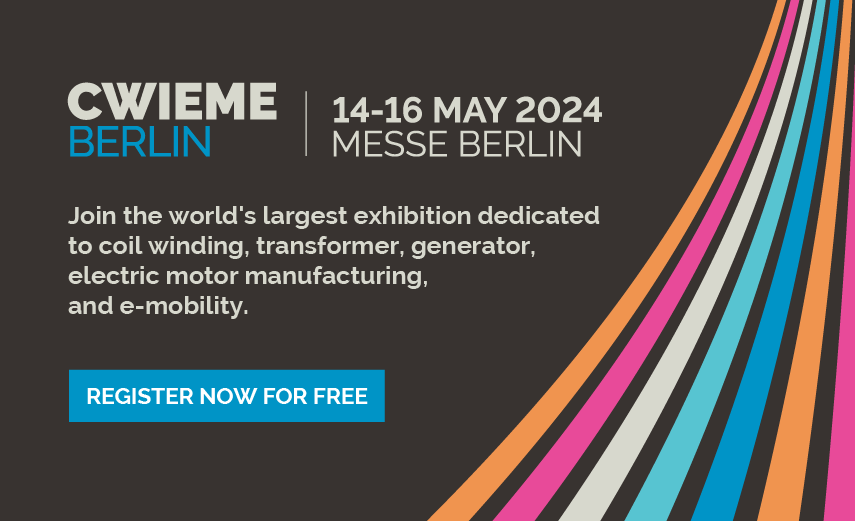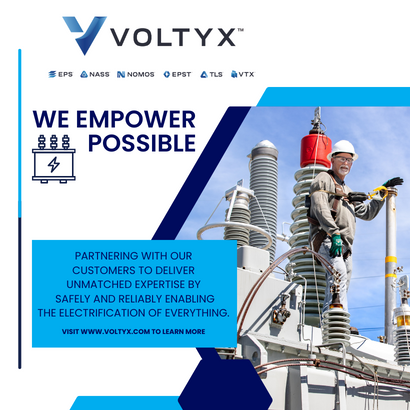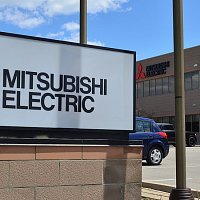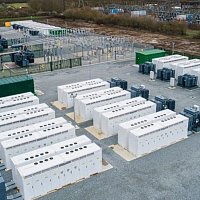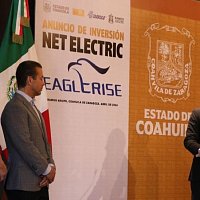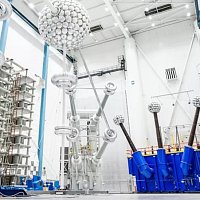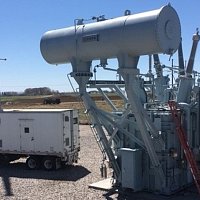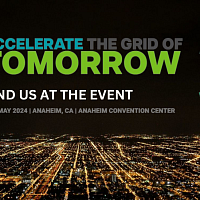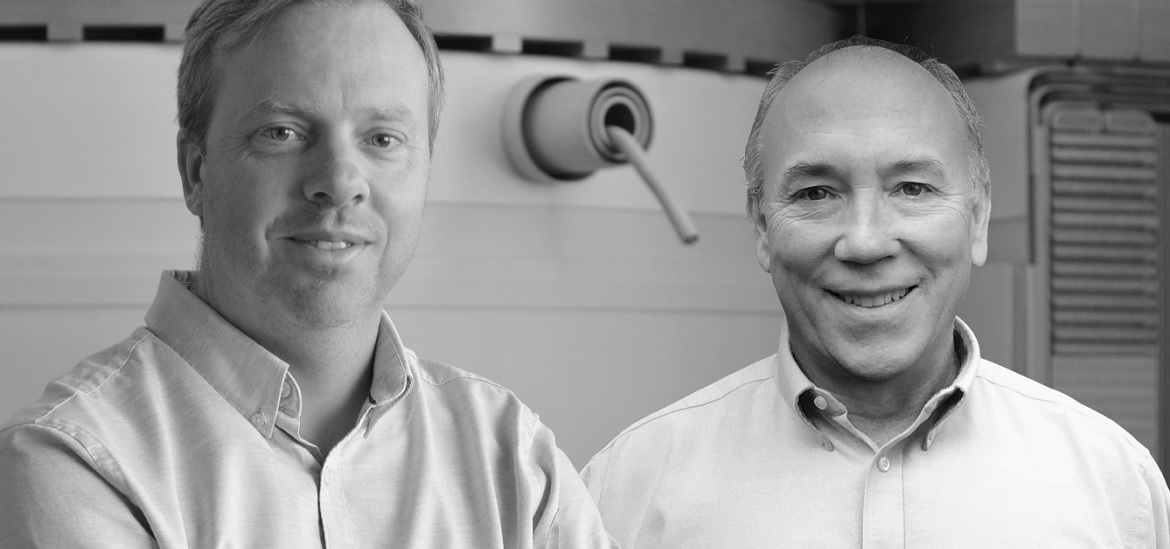
Interview with Francis Fisher & Tom Prevost,
Weidmann Electrical Technology
Weidmann invented Transformerboard over 80 years ago and through the efforts of people like Tom and many before him we continued with an innovative internal culture.
Weidmann Electrical Technology is a leading integrated solutions provider in the energy sector. The company has been at the heart of the global transformer industry for over 140 years. In this interview, we talked to Francis Fisher, Vice President of Global Marketing, and Tom Prevost, Vice President of Innovation and R&D for the Americas.
Alan Ross
Weidmann has a unique perspective in the transformer industry, being an energy solutions leader for almost a century and a half. I would like to hear your take on the trend that we are seeing due to a global change taking place as transformers are aging. There are new installations going up, and we have moved from a step-down system to an inverter-based system which I call the step-everywhere system. The other interesting thing is the innovation that Weidmann is working on in the field of transformer cooling.
Francis, tell us about Weidmann and why we know you as the ubiquitous leader in the electrical insulation market.
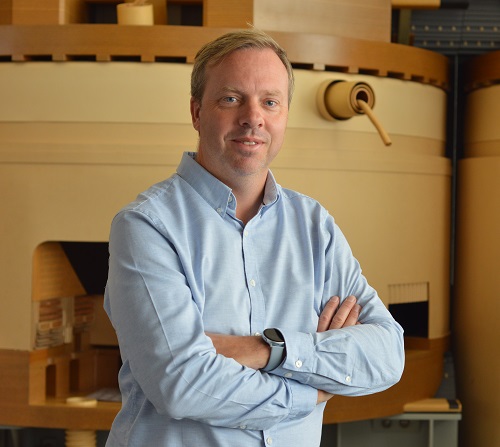
Francis Fisher
Thank you for the introduction, Alan. I think the longevity of Weidmann in the industry speaks for itself. We invented Transformerboard over 80 years ago and through the efforts of people like Tom and many before him, we continued with an innovative internal culture. Weidmann began life as a carton producer and eventually recognized that far more could be achieved with this material than basic boxes. From there we developed a technological process to produce Transformerboard. We took the material and went further with it through innovation, creating cylinders, components, eventually Barrierboards and all the technologies within the insulation world that most transformer manufacturers are very familiar with today. We also produce thermally upgraded papers, developed a relationship with Dupont™ and began producing Nomex® Transformerboard for use in electrical insulation applications. And still today we further innovate with our materials, branching out into other non-electrical fields with our Weidmann CSM business and Fiber Technology areas.
Apart from being around for a long time, we are also known for working closely with our customers around the world. Tom and I were talking about the expansion of our global footprint recently, and we recalled the saying “The sun never sets on the British Empire” and wondered if the sun ever sets on Weidmann today (laughs). There’s a big gap between Shanghai and the West Coast of the U.S., but we are pretty close. We have 25 locations across the globe, a mix of production sites, diagnostic laboratories and sales offices. Apart from major production plants here in the U.S. – such as the one in Vermont where Tom is located – and our paper center of excellence in Ohio, we have a production site in Mexico, as well as key sites in Europe and Asia, so we are well covered in the global market.
Weidmann has 25 locations across the globe, a mix of production sites, diagnostic laboratories and sales offices. We have two key production plants in the U.S., Mexico, as well as sites in Europe and Asia.
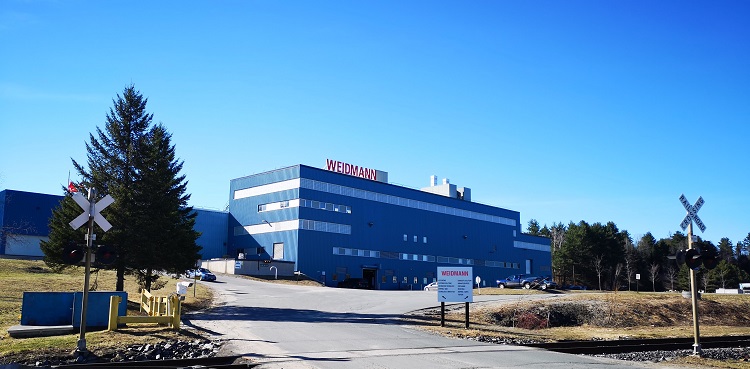
A lot of the transformer industry is becoming more globalized today. We see it every day, with requests from our customers to provide global contracts and supply agreements. I think we are well positioned. We have a good footprint, and, ultimately, we do our best to produce a reliable, quality product, so our customers seem to stick around.
AR
Tom, what is your perspective as Weidmann’s head of innovation?
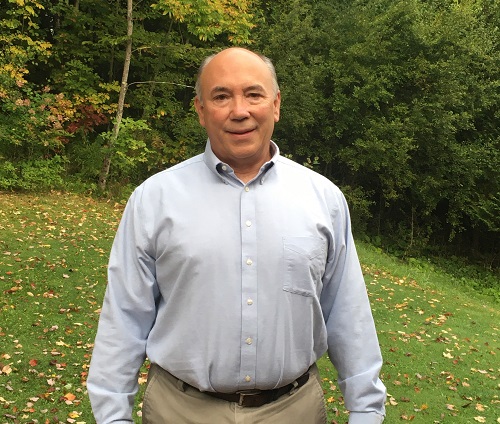
Tom Prevost
When Francis was talking about the history, it really shows our focus on innovation. What I think brought Weidmann to the forefront of the supply of electrical insulation material was the invention of the pre-compressed Transformerboard around 1950. At the time, it really solved an industry problem of load going up. The fault current was going up considerably and transformers were often failing due to short circuit faults. The pre-compressed Transformerboard has much higher density and better compression characteristics, which solved the industry problem by making transformers much stronger and able to withstand the forces from the faults.
That became the norm. Once Weidmann patented Transformerboard, other people adopted that technology, and it is the standard for cellulose boards today. That was truly the innovation that brought Weidmann to the forefront and the reason they came from Switzerland to the Americas. The technology was developed and then it was known worldwide.
AR
What are some of the innovative projects that Weidmann is working on now that you think are going to be the standard come tomorrow?
TP
One of the real hot topics in the industry right now is the electrification of the energy sector – everything from vehicles to smart buildings – that is largely driven by the goal to be green. Renewable resources allow for much better control of greenhouse emissions, but that is going to change the whole grid. And because transformers are integral to the movement of electricity across the grid, it is the transformers that are going to see significant change in the way that they are loaded, and also how much they are loaded.
A big effort in the industry right now, which we at Weidmann are also focusing on, is how you can take that load and not affect the life of the transformer, be it the same size transformer or a bigger one. What we are doing is trying to increase the temperature capability of the insulating materials.
AR
Tom, I remember hearing your presentation at the Weidmann conference about the unique approach to the insulation material to be able to handle high heat generated as the result of increased loads. Sitting in the audience I thought, That’s brilliant, I need them to talk about it. Could you address that?
FF
I think this is a really interesting topic, not just for transformer operators or transformer producers, but also for power consumers. I always want to know about the real application in the non-engineer world. A topic Tom and I recently discussed was the shift from people working in central offices and more towards remote home offices or smaller regional offices. I asked Tom what the impact is going to be. If EV charging is attached to residential areas, there is going to be an increase in load, but predominantly overnight. That is not necessarily overloading the transformers or grid – but it will certainly impact the load profile. But what happens when I turn up at a small regional office with ten colleagues and we have come from different parts of the state or the region all in EVs? Alan, you mentioned the Weidmann conference, which we usually have at a hotel. What if all the participants plug their cars in and we run the hotel to death because of the high-power consumption? That is not an everyday occurrence, but how do we prepare for such days when they do come along? What do you think, Tom?
TP
I think we have a solution (laughs). And it is not just Weidmann. I think there are two opposing situations going on in the industry right now. One is that we want to be as efficient as possible, and that is being driven by the Department of Energy and efficiency standards. But at the same time, we are looking to increase the load on our system more and more.
What brought Weidmann to the forefront of the supply of electrical insulation material was the invention of the pre-compressed Transformerboard. Once it was patented, it became the norm and it is the standard for cellulose boards today.
When we talk about thermal issues, that is because heat is an inefficient byproduct of running current in a transformer; it is a waste. So, one of the things that we are looking at in the industry, and there was a presentation about it at IEEE transformer committee two meetings ago, is a dual-rated distribution transformer. The idea is that the transformer would be sized for the typical load that you would see, so the efficiency ratings on it would be at that base loading. There would be the ability, by using high temperature insulation, to have a higher thermal rating for those times that the transformer is overloaded. It would have lower efficiency, but greater longevity. If this was done with a normal transformer, it would last five years and it would have to be replaced, which is again waste. Here, you are able to use higher temperature insulating materials and get the dual rating.
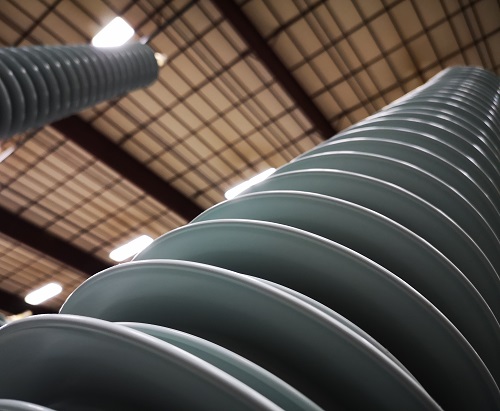
The challenge there is how much more you want to pay for this dual-rating transformer. We are currently working with innovation to give the transformer buyer or the manufacturer more options. For example, Weidmann makes paper called INSULutions® DPE (Diamond Pattern Enhanced), which gives a 10-degree higher thermal rating than normal paper. With the 10-degree higher rating, the transformer could be overloaded by 12% and have no loss of life.
You can then change out the typical mineral oil, and replace it with some of the higher-temperature fluids, such as natural and synthetic ester, to get another 10 degrees. That is a bit more expensive, but it provides another option. Dupont™ makes a material called Nomex®, which is now, actually rated at 200 degrees. This allows a 95-degree temperature rise, 30 degrees higher than normal, and then you can add up to 50% more load. A lot of different options are coming out, which we are going to need as the grid evolves.
It’s difficult to know what your load profile is going to be, and you would sure want to avoid switching transformers as that load profile changes.
AR
Exactly, the world is changing, and the whole grid is changing. People are trying to go greener. I would like you to go a little bit further ahead. What is Weidmann’s vision for the new engineers just coming out of college? What kind of a situation in the industry do you think they are going to be facing in a decade or two?
TP
Everything will be electric. I have always imagined that my grandkids would drive EVs, that they wouldn’t even have the choice to drive a gas-powered car unless it’s an antique. The integration of renewables will be figured out. Our power supply will be at least 50%, probably 70% powered by renewable energy. And a lot of that is going to be rooftop solar energy, local power plants, etc. The day of power going in one direction from the power plants into homes will be gone. There will be power going in all directions, and the load profiles that we have been used to will be entirely different. Most of that power is going to be generated by DC, and I think that we are going to have DC grids. The standards for low-voltage DC grids are being discussed right now. Why bother to convert it back to DC and then to AC when we can keep it in DC and have a DC grid?
FF
What we are also seeing today is the change in consumers of energy. Far more information is accessible. In the past, people used to have a lot less insight into how much energy is generated and consumed. You would receive your bill at the end of the month and you paid it. Our energy consumers in the future are going to be more environmentally aware, and also more demanding for energy providers. There is a requirement for reliability, but also for power quality. The distribution companies who operate transformers have to become a lot more transparent as electricity is becoming much more front and center in our daily life.
